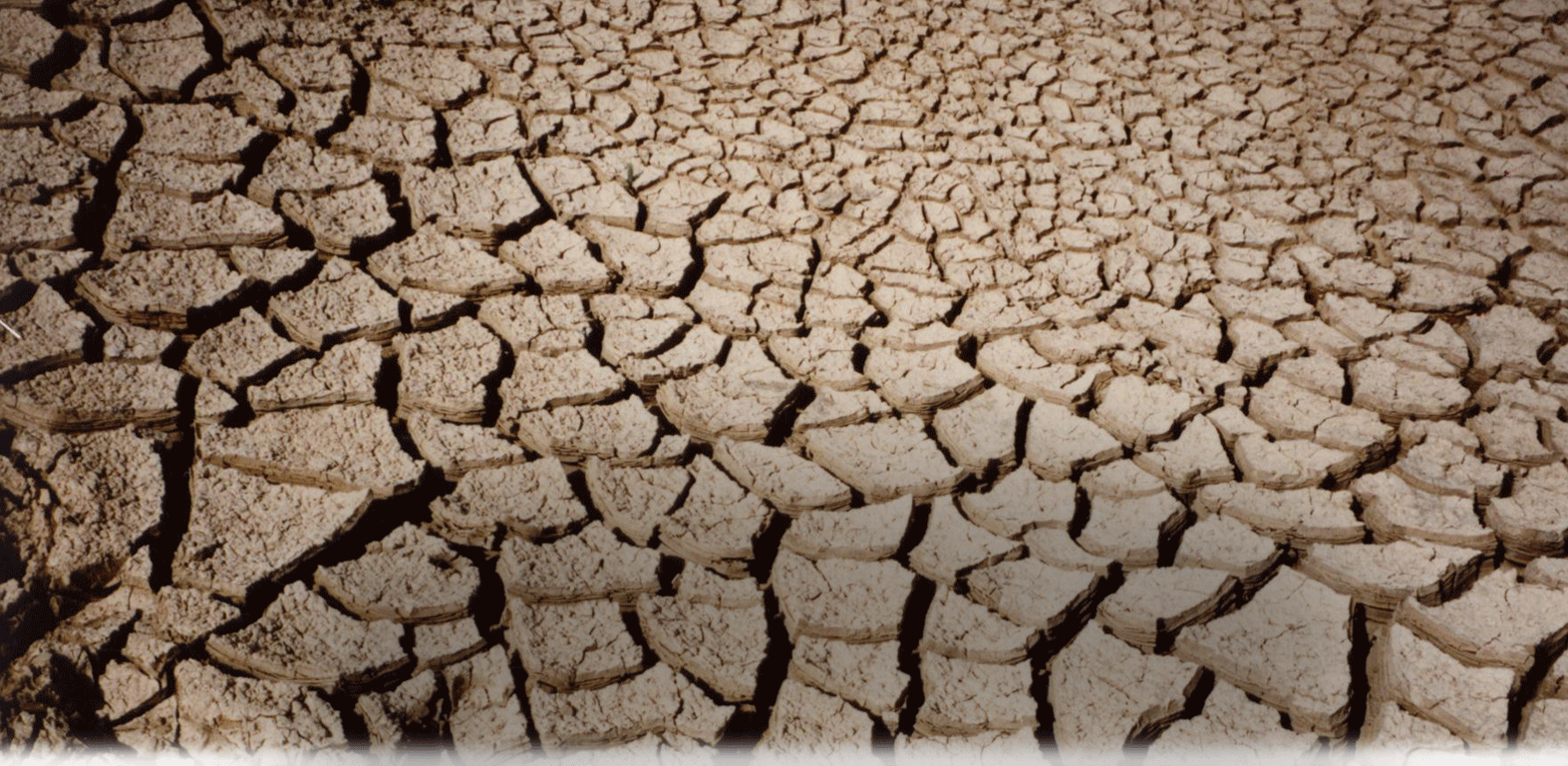Welcome to Jain Irrigation Systems Ltd.

Blog at Jains - How to breathe air into dying soil?
Rice, a staple food of billions around the world, has come to be grown in standing water. This practice has resulted in soils turning clayey, from their original texture of loam or silt.
Adversity of this flooded condition affects the immediate ecosystem surrounding the field. Stagnating water eats into the vitals of soil and chokes its future potential too:
- Anaerobic cultivation results in emission of Methane, which is one of the Green House Gases, contributing to depletion of Ozone layer and resultant Climate Change.
- Season-after-season, such inundation leads to destruction of soil-structure. All delta regions of any river-system in the country are rich in soil-fertility, thanks to run-off silt from rivers. This silt is a fine-textured soil which allows maximum retention of nutrients, for sustained-release to plants. Texture of this silt is loamy, allowing for free-flow of air through soil-pores. This gift, from Mother Nature, shrinks to become clay.
Such “degraded” lands are eye-sores in the entire country-side, today. Due to conflicts among riparian states, for river-sharing, quantity and periodicity of availability of water have drastically come down. This leads to lands being left fallow, in delta-areas.:
- Water availability is not adequate throughout the rice- crop-season
- Soil structure has changed once for all, depriving the choice of alternate crop.
Jain Irrigation Systems Ltd provides solutions to address this scenario:
- Drip system for Paddy cultivation in upland areas
- Sub Surface Drainage system to reclaim the clay-lands back to their original glory, thus affording the farmer choice for Horticultural Crop
Wherever the soil has been reclaimed, one can go for commercial cultivation of any crop with compulsorily drip irrigation so that soil porosity is maintained and all advantages of drip irrigation is made available. Now the portfolio of crops selected can include rice too.
There are specific up-land rice varieties which can grow well in such conditions. Thus with sub-surface drainage, we are effectively limiting the inundation to absolutely un-reclaimable areas only and rest of all accidental and mismanaged and deliberately inundated areas can be reclaimed and the choice of cropping lies with the respective owner/groups that would like to take it forward.



